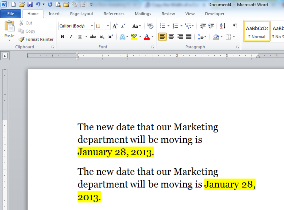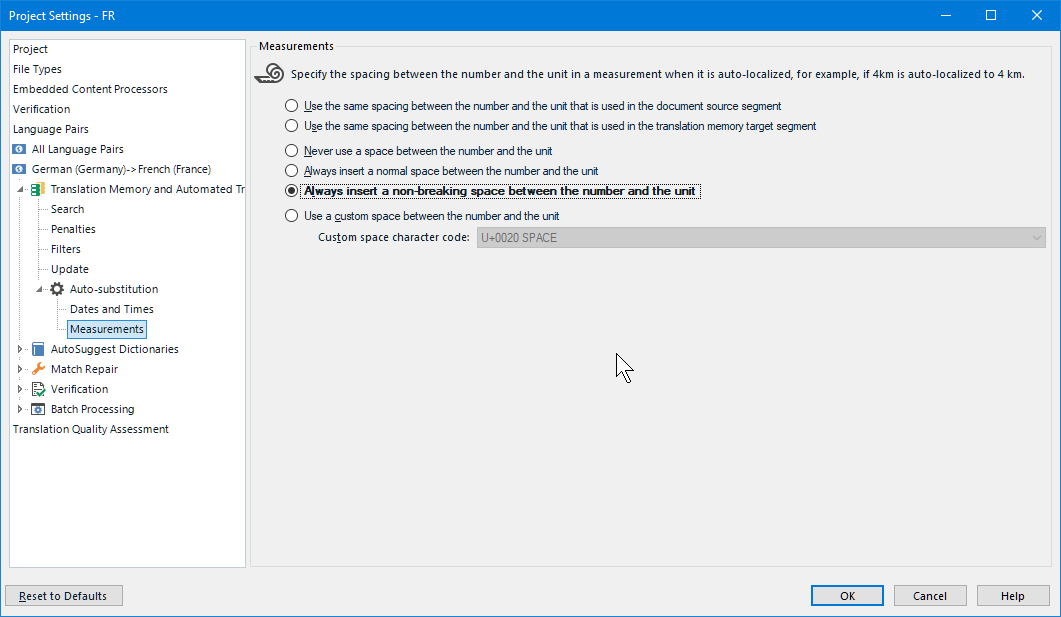
Newclipboard := RegExReplace(newclipboard, "s)\s+data-mathml="".*?""","") Newclipboard := RegExReplace(clipboard, "]*>") StringReplace clipboard, clipboard, %A_SPACE%-%A_SPACE%, %A_SPACE%–%A_SPACE%, 1 StringReplace clipboard, clipboard, %A_SPACE%, %A_SPACE%, 1 StringReplace clipboard, clipboard, %A_SPACE%, 1 StringReplace clipboard, clipboard,, %A_SPACE%, 1 StringReplace clipboard, clipboard, ’, ', 1 StringReplace clipboard, clipboard, %A_SPACE%%attrib%="%A_SPACE% ,%A_SPACE%%attrib%=", 1 StringReplace clipboard, clipboard, %A_SPACE%%attrib%="", 1 SetWorkingDir %A_ScriptDir% Ensures a consistent starting directory. SendMode Input Recommended for new scripts due to its superior speed and reliability. #Warn Enable warnings to assist with detecting common errors. #NoEnv Recommended for performance and compatibility with future AutoHotkey releases.
Ms word non breaking space code#
Is the code as-is except that I did comment out the line that does the custom formatting for my videos and their duration and length. The following is very handy for this purpose:
Ms word non breaking space how to#
If you don't like to remember such changes in how to type, you can easily create a macro that will go through a document and replace any spaces following a month name with a non-breaking space. The change in how you type, of course, is that you must remember to only type three characters and then press F3.

If you use three characters for your month-and-non-breaking-space combination, then you can type "Jan" and press F3, resulting in the desired combination, without extra spaces. Thus, Word suggests "January" as a completion when you type "Janu", but it won't suggest "March" as a completion when you type "Marc". It does this automatically for dates, but it doesn't kick in until you type the fourth character in a month that is longer than five characters. It is the top check box on that tab.) If AutoComplete is turned on, then Word tries to "guess" what you are typing and suggest the rest of the word or phrase. (You see the control for this if you choose Tools | AutoCorrect | AutoText. Why use three characters instead of more? Because Word has another feature called AutoComplete. Thus, the entry for "jan" would be "January" followed by a non-breaking space. The best solution is to create 12 AutoText entries, each saved under the three-character name of the 12 months. This solution actually can work very well, but it requires some differences in how you type dates. This brings us to the next potential solution-AutoText. Thus, if you wanted to replace "January" with "January" followed by a non-breaking space, you would actually end up with two spaces after the word-the non-breaking space in the replacement text and the space you typed in the course of, well, typing. Why? Because AutoCorrect only kicks in after Word figures you are finished with a word-in other words, when you type the space after the word or some other terminating character, such as a punctuation mark. This feature is not well suited for doing this task, however. The first possible solution is to try using Word's AutoCorrect feature. This means that you have several different ways you can use Word's built-in tools to solve the situation. Unfortunately, Word doesn't do this by default. In this way, the month and day would always appear together on the same line.


Thus, "January 22" would have a non-breaking space between the "y" and the "2". When you enter a date into a document, it would be very handy for Word to automatically place a non-breaking space between the month and the day of the month.


 0 kommentar(er)
0 kommentar(er)
